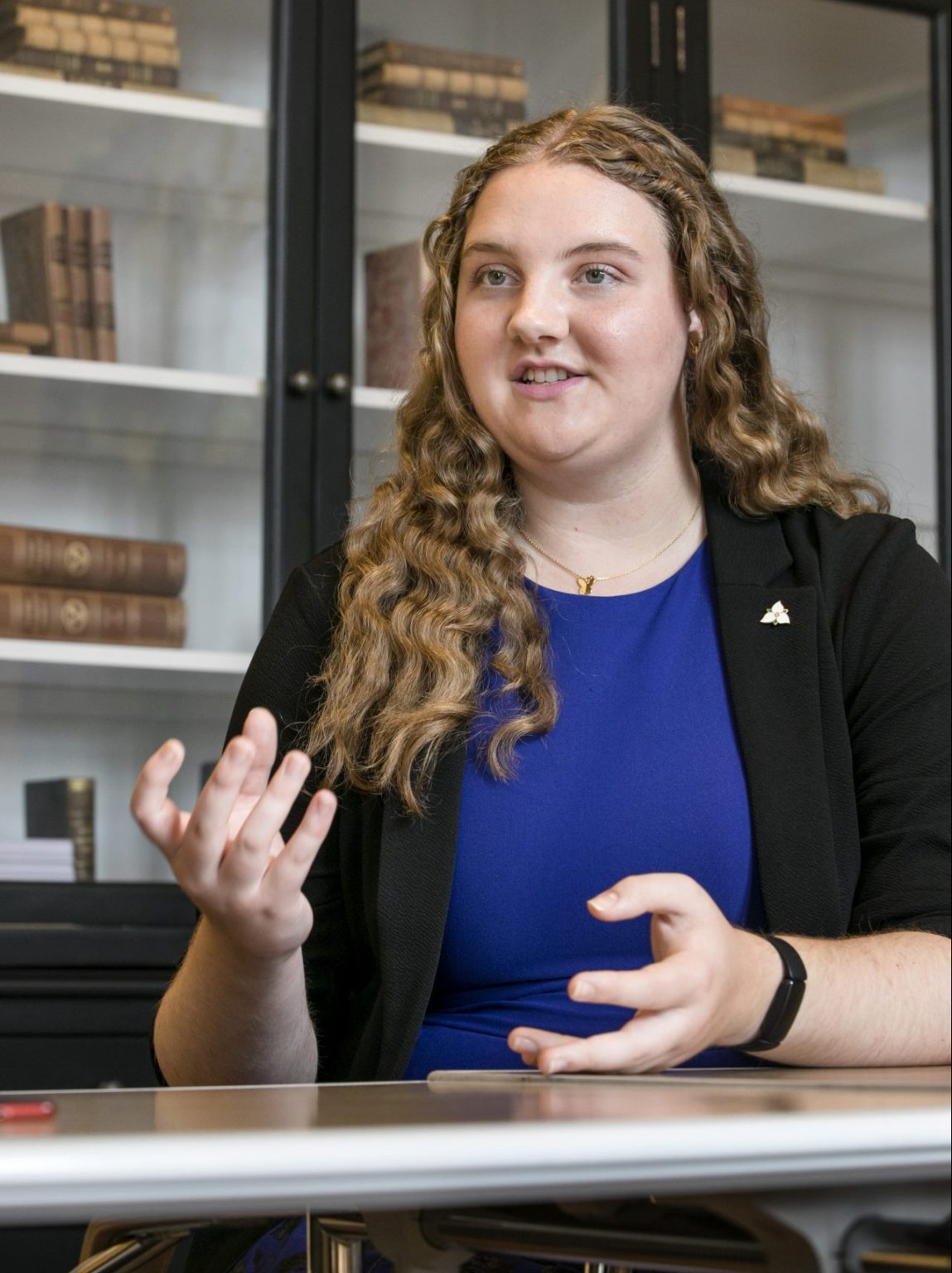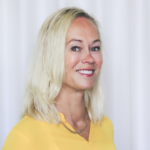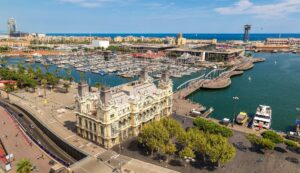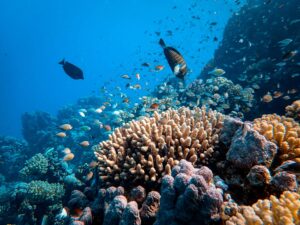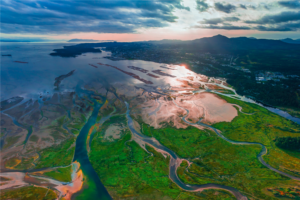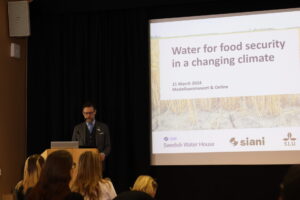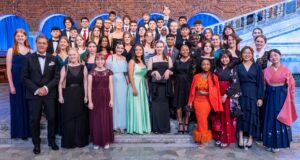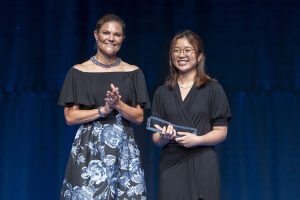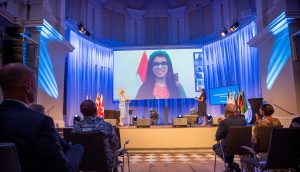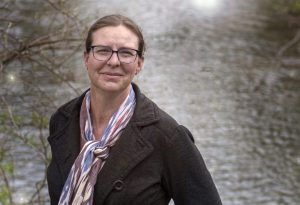Stockholm Junior Water Prize Winner: ‘As long as you have your passion, you’re golden’
“If you have an idea or passion or curiosity, chase it, hold on to it as tight as you possibly can because you never know where it’s going to take you. ”
What did your research find and what is the potential solution?
Genotype 4 is the ideal genotype of Daphnia magna that we can biomanipulate to treat and prevent harmful algae blooms in freshwater ecosystems.
I also discovered that this genotype is successful in nutrient and plastic polluted environments as well as against a variety of level of algae toxicity, and that genotype 4 Daphnia magna can have their health and success improved with calcium carbonate and naturally occurring microbes.
Could you explain in simpler terms?
I basically found this species of freshwater zooplankton called Daphnia magna and it is able to eat up toxic algae and regular algae that form algae blooms in the Great Lakes.
It’s a little bit like the Pacman analogy. So, you have the Daphnia that goes nom nom nom…eating up the algae bloom.
What we need to do is to be able to increase their populations in the lakes. I then studied the species of the genotypic level to find that this certain genotype eats more algae than others. So, it is stronger and can better reproduce and thrive. I then tested it in different environmental conditions, as we know that the Great lakes and ecosystems are very dynamic.
I found that it can survive and still reduce and remove algae blooms when exposed to nutrient pollution and plastic pollution, and I found that the species can perform even better when it is exposed to calcium carbonate and naturally occurring aquatic microbes found in pond mud.
What was the hardest thing about your project?
One of the issues was that I did my project and research during covid times. I wasn’t able to access labs to get the pond mud sample, to know which microbes I was using. Additionally, I was measuring the body lengths of the Daphnia magna before and after the experiment. One can’t individually mark each Daphnia – so I would just average each container before and after the experiment which could’ve led to some inconsistent results.
I also used a human cytometer, which is a counting grid that I put under my microscope, to manually count all the algae cells in each experiment, and in the experiments that contain the pond mud had a bit of debris in there which made it hard to separate the algae and the debris.
You do a lot of things aside from protecting water. What are those?
So, one of my largest passions is social justice and community service. In my community, I’m the chair of a shoebox project, a non-profit charity which provides holiday gifts to women impacted by homeless and domestic abuse. Over my past 4 years as chair I have raised over 60,000 dollars for this cause.
At my school we’ve been doing work for water justice. We created a petition to end the selling and essentially ban bottled water at my high school. This way we can start fighting water privatisation to ensure equal and equitable water access in the Global South.
We also hosted a water walk to stand in solidarity with women and girls around the world who need to walk long distances in order to get water.
Another thing I’m actively involved with is politics. I sit on my local Youth Advisory Board, as well as the Ontario Youth Environment Council. I am a competitive curler and a voluntary youth curling coach. I play five different instruments and I am a section leader at my high school’s concept band. I’m also the team captain of my school’s trivia team, participating in math and debate clubs.
Do you have a favourite scientist, expert or school teacher who inspires you?
Oh, my goodness, that is a tough question… I am always, always inspired by Marie Curie. She did outstanding work especially for women in STEM, winning two Nobel Prizes for incredible life changing and life-saving work. Of course, I have to give a shout out to Canadian Banting and Best for discovering insulin that has saved lives across the world.
What is your hope for the world?
The quote that I try to live by and that drives me every day is Albert Einstein’s, who is another scientist I greatly respect. He said that the world will not be destroyed by those who are evil but those who sit around and watch it happen.
My hope for the world is for people to not only identify issues but to be able to take action towards it to create a more just world and society for all, instead of turning a blind eye to a problem they see. My hope for the world is that we eventually reach a stage where we see an injustice or an issue, people get up, no matter how small their action is.
Do you have a message for other students of your age?
Don’t be afraid to try something new or something different. If you have an idea or passion or curiosity, chase it, hold on to it as tight as you possibly can because you never know where it’s going to take you. Quite often I found myself living by Ray Bradbery’s quote: First you jump off the cliff and then you build your wings on the way down.
It may seem scary at first, but I promise there’s a soft landing and there are people out there to support you. As long as you have your passion and curiosity and never lose it, you’re golden.
See Rayson’s project
Stockholm Junior Water Prize is a competition for students aged 15 to 20 who have developed research projects that can help solve major water challenges. The competition receives tens of thousands of entries from over 40 countries.
Learn about the competition
